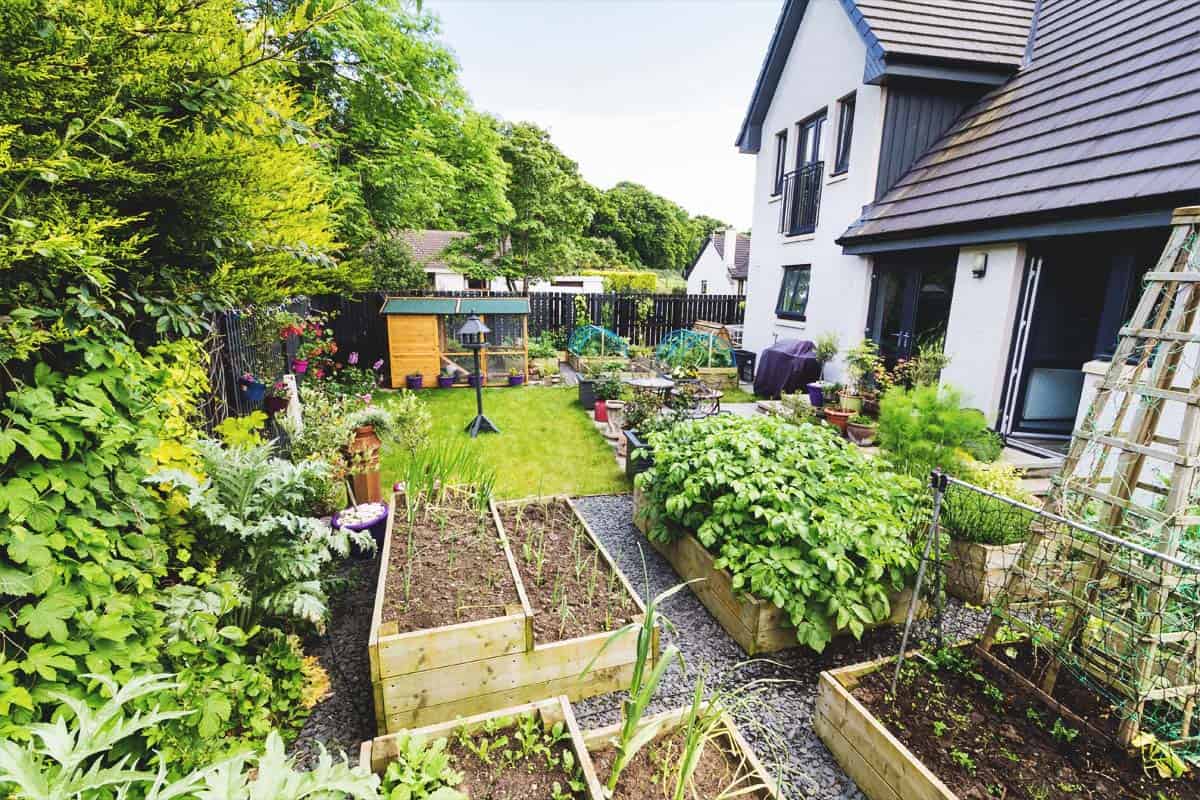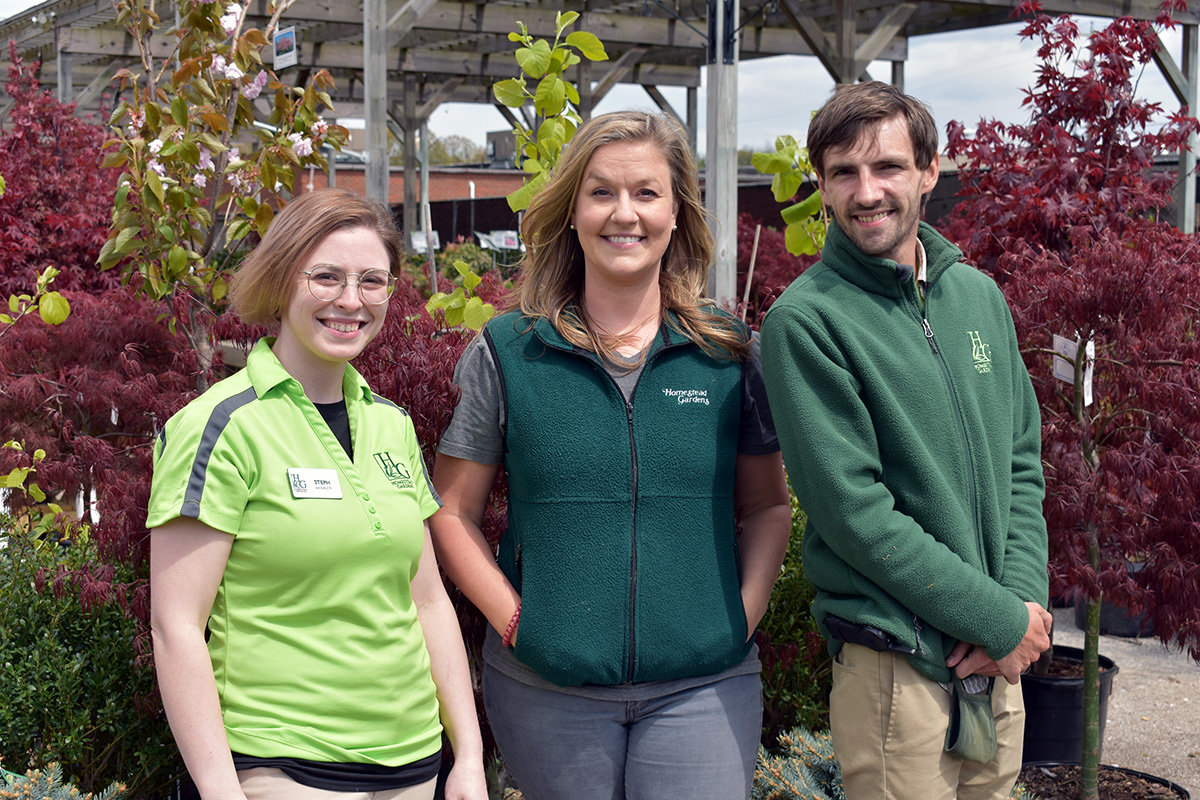Learn How to Grow a Growing Horticulture Atmosphere for All Skill Levels
Developing a growing yard is a diverse undertaking that can be accepted by individuals at any type of skill degree. By examining crucial components such as soil wellness, appropriate plant choice, and seasonal treatment routines, one can establish a lasting gardening method that generates satisfying outcomes.
Recognizing Your Garden Area
In the world of horticulture, understanding your garden area is extremely important to cultivating a prospering landscape (Homestead Gardening). The very first step in this venture includes analyzing the specific qualities of your story. Variables such as dirt composition, sunlight exposure, and drain play essential roles in determining the suitability of your garden for different sorts of plants
Begin by performing a dirt examination to assess pH degrees and nutrient content, which will inform any required changes. Furthermore, observe just how much sunshine your area obtains throughout the day. Different plants have varying light demands; some flourish completely sun, while others choose partial or full shade.

Last but not least, review the readily available area and strategy appropriately. This includes considering plant elevations and spread out to make certain adequate room for growth without overcrowding. By getting an extensive understanding of your yard area, you established the structure for an effective gardening experience.
Selecting the Right Plants
Picking the right plants for your garden requires mindful factor to consider of numerous variables, consisting of climate, soil problems, and personal preferences. Beginning by examining your regional climate, as details plants prosper in specific temperature arrays and weather condition patterns. For instance, exotic plants may not endure in chillier regions, while durable perennials can hold up against extreme winter seasons.

Consider your personal choices, including aesthetic allure and maintenance degrees. Decide whether you like vibrant flowers, lavish foliage, or edible plants. Additionally, consider the moment and effort you want to invest in plant care, as some selections require more interest than others.
Last but not least, think of the yard's layout and light direct exposure. Sunshine patterns throughout the day will influence your options-- some plants call for full sun, while others prosper in color. By thoughtfully evaluating these components, you can develop a efficient and harmonious garden customized to your setting and tastes.
Important Gardening Tools
A fully equipped garden enthusiast can dramatically boost their horticulture experience and end results. Essential gardening tools are fundamental to growing an effective yard, no matter of ability degree. Initially, a strong spade is very useful for excavating and transforming dirt, while a trowel enables accurate planting and transplanting of smaller plants.
Trimming shears are important for maintaining plant health by getting rid of disordered or dead branches, promoting better air circulation and development. Furthermore, a hand rake works for clearing particles and freshening the soil, ensuring optimum problems for plant roots.
Gardening handwear covers secure hands from chemicals, thorns, and sores, making them an important device. A watering can or pipe with an adjustable nozzle makes certain that plants get sufficient dampness without overwatering.
Finally, consider spending in a durable wheelbarrow for transporting dirt, plants, and tools around the yard efficiently. By constructing a high quality toolkit wikipedia reference that consists of these essential things, gardeners can take on various jobs with confidence and convenience, leading the way for a thriving horticulture environment. Keep in mind, the right devices not only boost efficiency yet also improve the total pleasure of the horticulture procedure.
Soil Prep Work and Upkeep
Quality soil is the structure of a successful garden, making appropriate prep work and maintenance vital for healthy plant growth. The initial action in soil preparation entails testing its pH and nutrient levels. This can be attained via soil screening sets available at gardening facilities or with specialist services. Based on the examination results, modifications can be made to optimize soil conditions for certain plant needs.
Integrating raw material, Check Out Your URL such as garden compost or well-rotted manure, is crucial for improving soil structure and fertility. This not only enhances nutrient availability but likewise advertises valuable microbial task. In addition, correct water drainage is vital; hefty clay dirts might call for the enhancement of sand or perlite to enhance aeration.
Routine maintenance of soil health includes mulching, which preserves dampness and subdues weeds. In addition, revolving plants yearly assists avoid nutrient depletion and reduces pest and condition threats. It is additionally crucial to prevent over-tilling, which can disrupt dirt framework and damage advantageous microorganisms.
Inevitably, a regular dedication to soil preparation and maintenance will certainly result in a flourishing yard, making sure that plants receive the essential nutrients they require for robust development and efficiency.
Seasonal Care and Monitoring

In springtime, focus on growing new seeds and seedlings, while likewise conducting dirt tests to amend nutrient deficiencies. Regularly check for diseases and bugs, as these can proliferate with the warming climate. Summertime needs consistent watering and mulching to preserve moisture, in addition to pruning for much better air blood circulation.
As autumn strategies, it's time to prepare the garden for dormancy. This consists of harvesting crops, tidying up debris, and applying a layer of compost to protect plant roots from frost. Take into consideration growing cover crops to enhance the dirt during the winter season months.
Last but not least, winter care is vital. Inspect structures like greenhouses Read Full Article for damages and make certain proper insulation for sensitive plants. On a regular basis monitor for insects that may look for haven inside. By adapting your gardening practices to the seasonal cycles, you can promote a growing setting that sustains plant health year-round.
Conclusion
To conclude, cultivating a successful garden requires a comprehensive understanding of important principles such as soil composition, sunlight exposure, and ideal plant option. Applying reliable dirt prep work and upkeep strategies, in addition to using the right tools, promotes an optimal growing setting. Normal seasonal care and management practices better boost plant wellness and efficiency. By adhering to these foundational standards, people whatsoever skill degrees can accomplish a growing garden that adds to both visual pleasure and environmental sustainability.
Selecting the right plants for your garden calls for cautious factor to consider of different factors, consisting of climate, dirt conditions, and individual preferences. Conduct a soil examination to figure out pH levels and nutrient material, which will assist you in selecting plants that will certainly thrive in your yard.Lastly, take into consideration investing in a tough wheelbarrow for carrying dirt, plants, and tools around the yard efficiently.Quality dirt is the structure of a successful yard, making proper preparation and upkeep essential for healthy and balanced plant growth. Homestead Gardening.In final thought, growing a successful garden requires a thorough understanding of vital concepts such as soil structure, sunshine direct exposure, and suitable plant option
Comments on “Creative Ideas for Homestead Gardening”